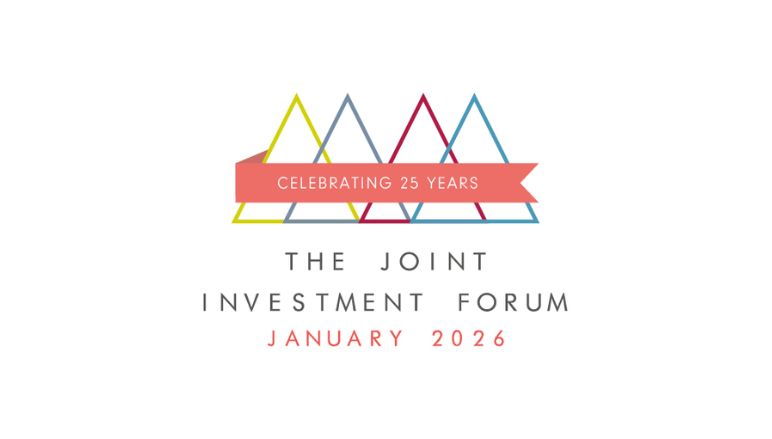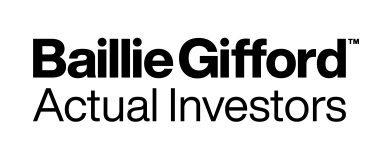After the sell-off in late July, markets have been uneventful for much of August, but that appears to be changing as people return to work.
- The Vix index is starting to tick higher, as investors fret about the health of the US economy
- The US jobs market is flagging, and manufacturing is also looking weaker
- Geopolitical tensions are also a looming threat to economic stability
The Vix index has started to tick higher again, after a lull over the summer. Certainly, there are worrying signs emerging, with geopolitical tensions rising, and cracks in the economic recovery. Are investors right to be nervous?
The immediate concern seems to be the health of the US economy. There are certainly cracks. The previously buoyant jobs market is flagging: it added just 114,000 jobs last month, while wage growth eased markedly to 3.6% year on year. Unemployment rose to its highest level since 2021.
The manufacturing sector is also showing signs of weakness. The S&P Global US Manufacturing Purchasing Managers' Index showed a second consecutive month of deteriorating manufacturing sector conditions, with slower sales and rising inventories. Factories are cutting production. Chris Williamson, chief business economist, S&P Global Market Intelligence, said it was “one of the most worrying signals witnessed since the global financial crisis”.
Equally, even as the Federal Reserve contemplates a cut in interest rates, there are still worries over inflation. Inflation in the US is running at 2.9%, ahead of the Federal Reserve target. However, rising wages and higher shipping rates are already creating inflationary pressures and an increasingly difficult situation in the Middle East also creates concerns over oil prices.
There are other concerns. The rise of far right politicians in Germany, France and Austria (among others) threatens to destabilise Europe. Donald Trump’s return to the White House will mean an increasingly isolationist US, which is likely to be bad for global trade.
This is weighing on investor sentiment. Not only does this account for the rise in the Vix index, but is almost certainly the reason behind huge inflows into money market funds in recent months. While stock markets have held up, they are febrile.
That said, it is important not to over-do the gloom. Economic growth data is lacklustre, but generally still positive. Central banks have the capacity to cut interest rates meaningfully should economic data require it. Inflationary pressures may be mounting, but the general trend remains lower. Equally, while the Vix index is significantly higher than its recent history, it is still near the lower end of its average over the past five years.
The problem may be that investors are ill-prepared for a weaker environment. They are weighted in technology, where valuations are stretched and vulnerable, and more defensive parts of the market are still overlooked. This is a precarious moment for unbalanced portfolios.


















